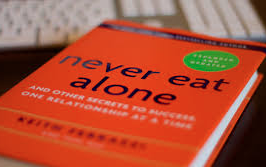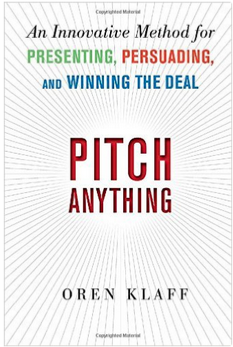Never Eat Alone by Keith Ferrazzi
The Big Idea: the key to success in life is relationships + creating with others. Real networking is about helping others succeed. Make goal setting a lifetime habit. Young Bill Clinton would record the names and backgrounds of everyone he met on index cards. Older Bill Clinton is famous for creating instant rapport with everyone…

